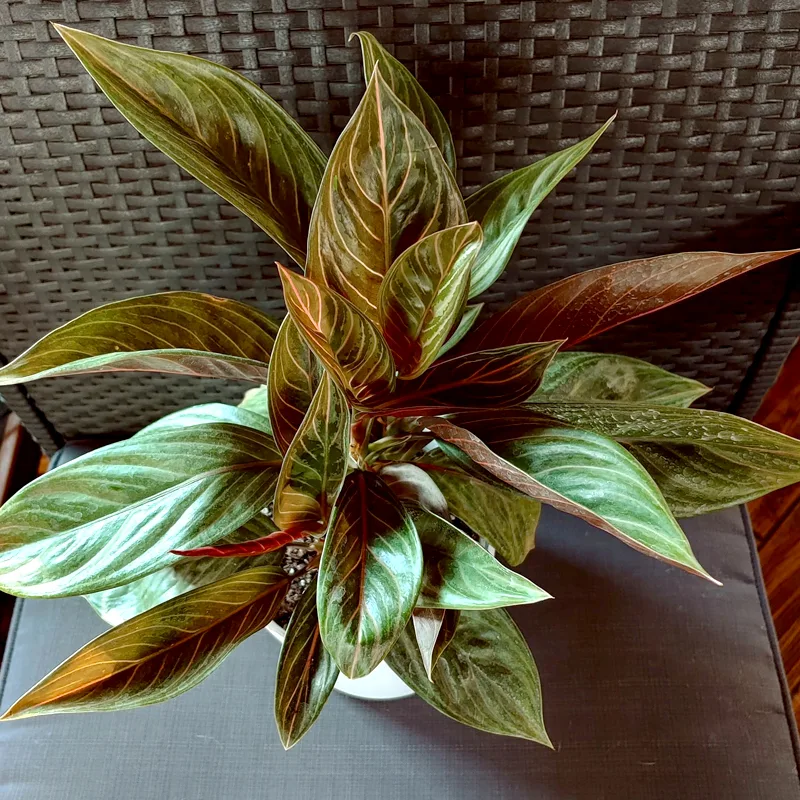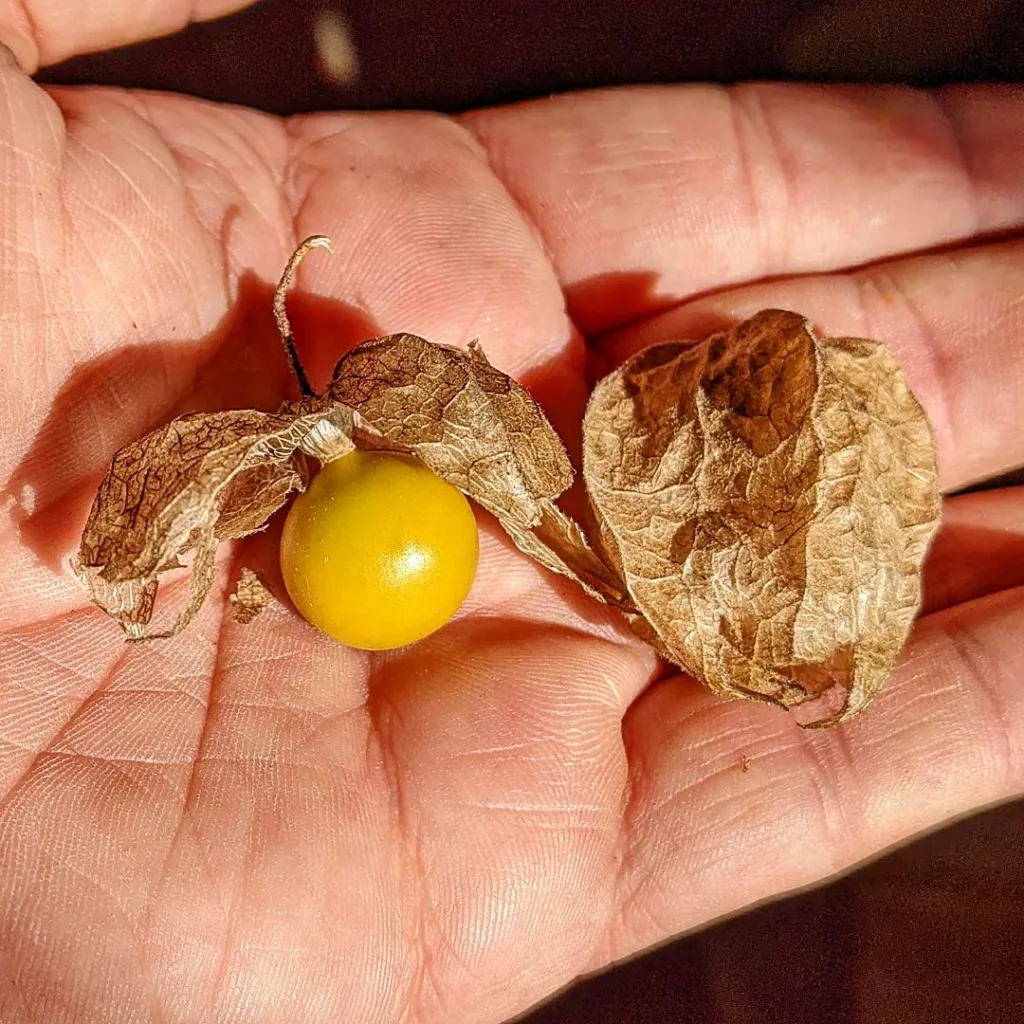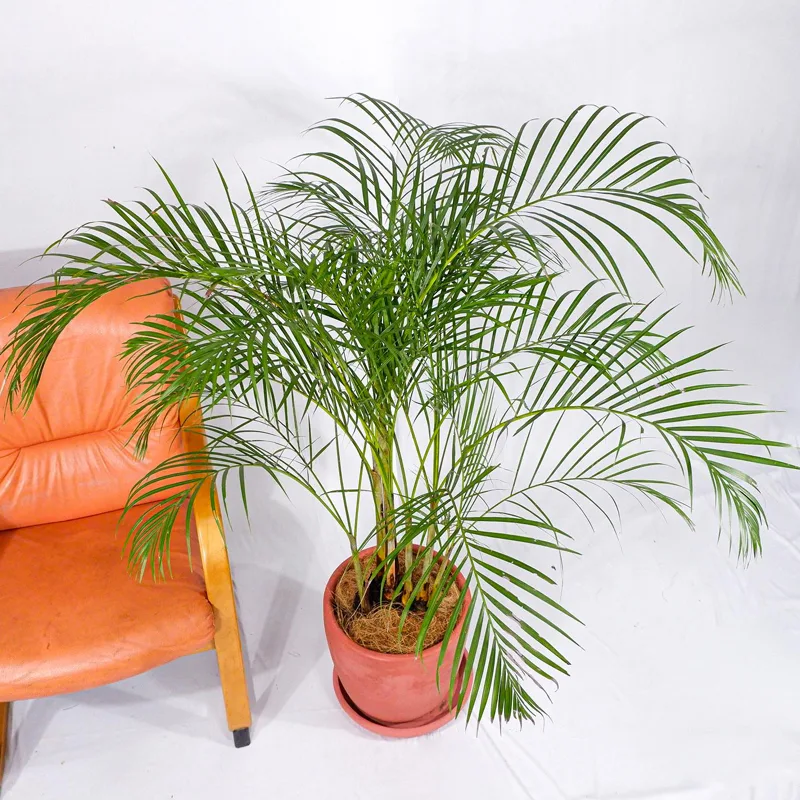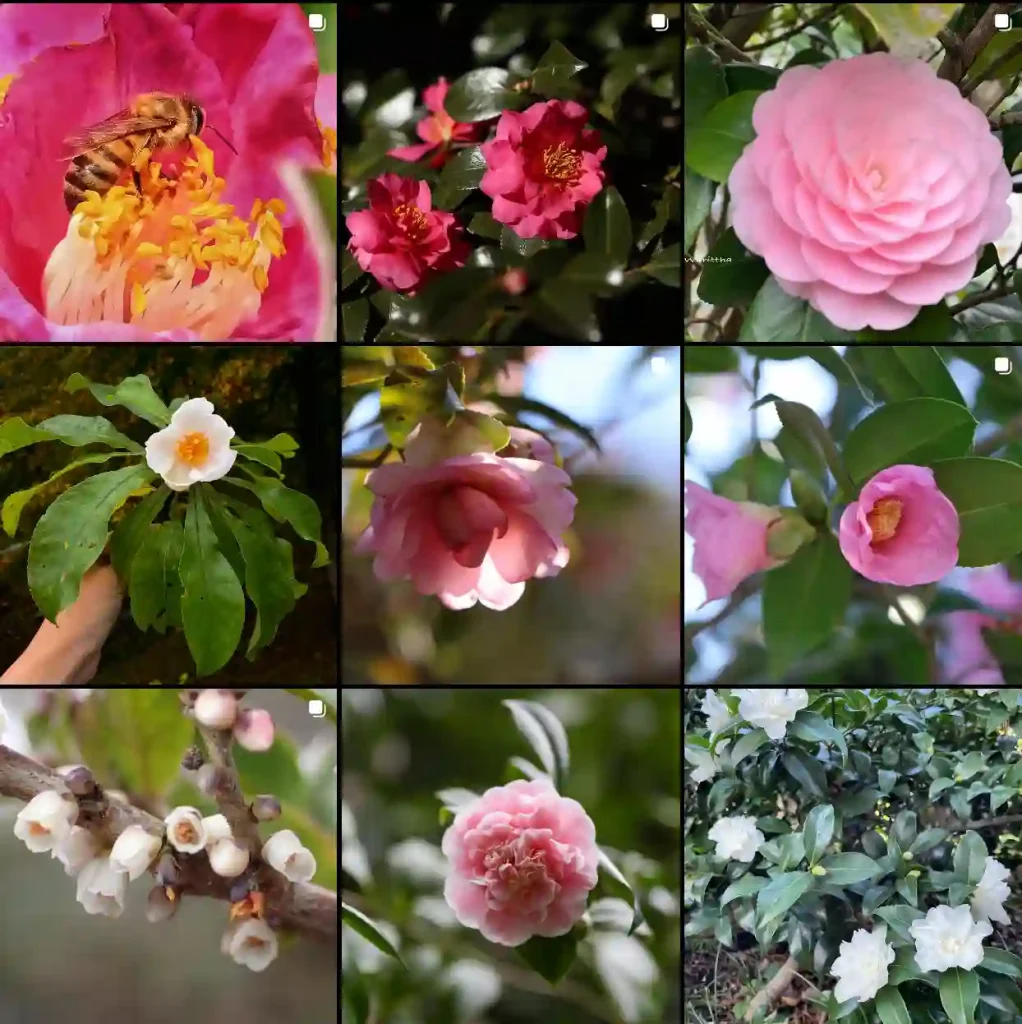Farfugium: My Fascination with the Leopard Plant
My name is Ferb Vu, and I’m something of a plant enthusiast. While my garden boasts a variety of species, I hold a special fondness for the genus Farfugium. These bold, architectural plants, with their large, round leaves and sunny disposition, bring a touch of the exotic to any space. They’re tough, resilient, and surprisingly versatile, thriving in conditions that would make other plants wilt.
Perhaps you know Farfugium by its more common name – the leopard plant. This moniker, of course, comes from the distinctive spotting patterns that adorn the leaves of some cultivars. These spots, ranging in color from gold to cream, give the plant a unique, almost animalistic quality. But even the unspotted varieties possess a captivating charm, their leaves a vibrant, glossy green that seems to catch the light.
A Closer Look at Farfugium
Farfugium is a genus of flowering plants belonging to the Asteraceae family, the same family that includes daisies and sunflowers. Native to the stream banks and coastal regions of East Asia, they are accustomed to moist, humid conditions. This preference makes them a perfect choice for gardens with damp soil or those located in areas with high rainfall.
Despite their love of moisture, Farfugium plants are remarkably hardy. They can tolerate a wide range of temperatures and are even known to withstand light frost. This resilience, coupled with their striking appearance, has made them a popular choice for gardeners around the world.
The Species in Farfugium
While the genus Farfugium might not be as extensive as some, it still boasts a fascinating array of species and cultivars. Here are the primary ones you’re likely to encounter:
- Farfugium japonicum: This is the most common species, and the one that typically comes to mind when people think of leopard plants. It is native to Japan, China, and Korea, and features large, leathery leaves that can reach up to 12 inches in diameter. Numerous cultivars of F. japonicum exist, offering a wide variety of leaf shapes, sizes, and spotting patterns. ‘Aureomaculatum’ is a popular cultivar with gold-spotted leaves, while ‘Crispatum’ has uniquely curled foliage. Plant FAQs: Farfugium Japonicum
- Farfugium hiberniflorum: This lesser-known species is endemic to the island of Kyushu in Japan. It is distinguished by its smaller leaves and its tendency to flower in winter, hence the name “hiberniflorum” meaning “winter-flowering.”
Why I Admire Farfugium
My admiration for Farfugium stems not only from its aesthetic appeal but also from its resilience and adaptability. These plants are survivors, capable of thriving in challenging conditions. They require minimal care and are relatively pest-free, making them a joy to cultivate.
Moreover, Farfugium offers a unique blend of boldness and subtlety. The large, dramatic leaves command attention, while the delicate flowers, which bloom in late fall and winter, provide a touch of understated elegance. This contrast, I find, is particularly appealing.
Farfugium in the Garden
In my own garden, I’ve found Farfugium to be incredibly versatile. It works beautifully as a standalone specimen, its large leaves creating a striking focal point. It also excels in mass plantings, forming a lush, textured ground cover. And because it tolerates shade, Farfugium is an excellent choice for brightening up those darker corners of the garden.
I often pair my Farfugium with other shade-loving plants, such as ferns, hostas, and hellebores. The contrasting textures and forms create a dynamic and visually interesting display. I’ve also found that Farfugium works well in container gardens, bringing a touch of the exotic to patios and balconies.
A Plant for Everyone
Whether you’re a seasoned gardener or just starting out, I highly recommend giving Farfugium a try. These remarkable plants are easy to grow, require little maintenance, and offer year-round interest. With their bold foliage, delicate flowers, and resilient nature, they are sure to bring you years of enjoyment.
And who knows, you might just find yourself as captivated by these leopard plants as I am.
If i die, water my plants!



